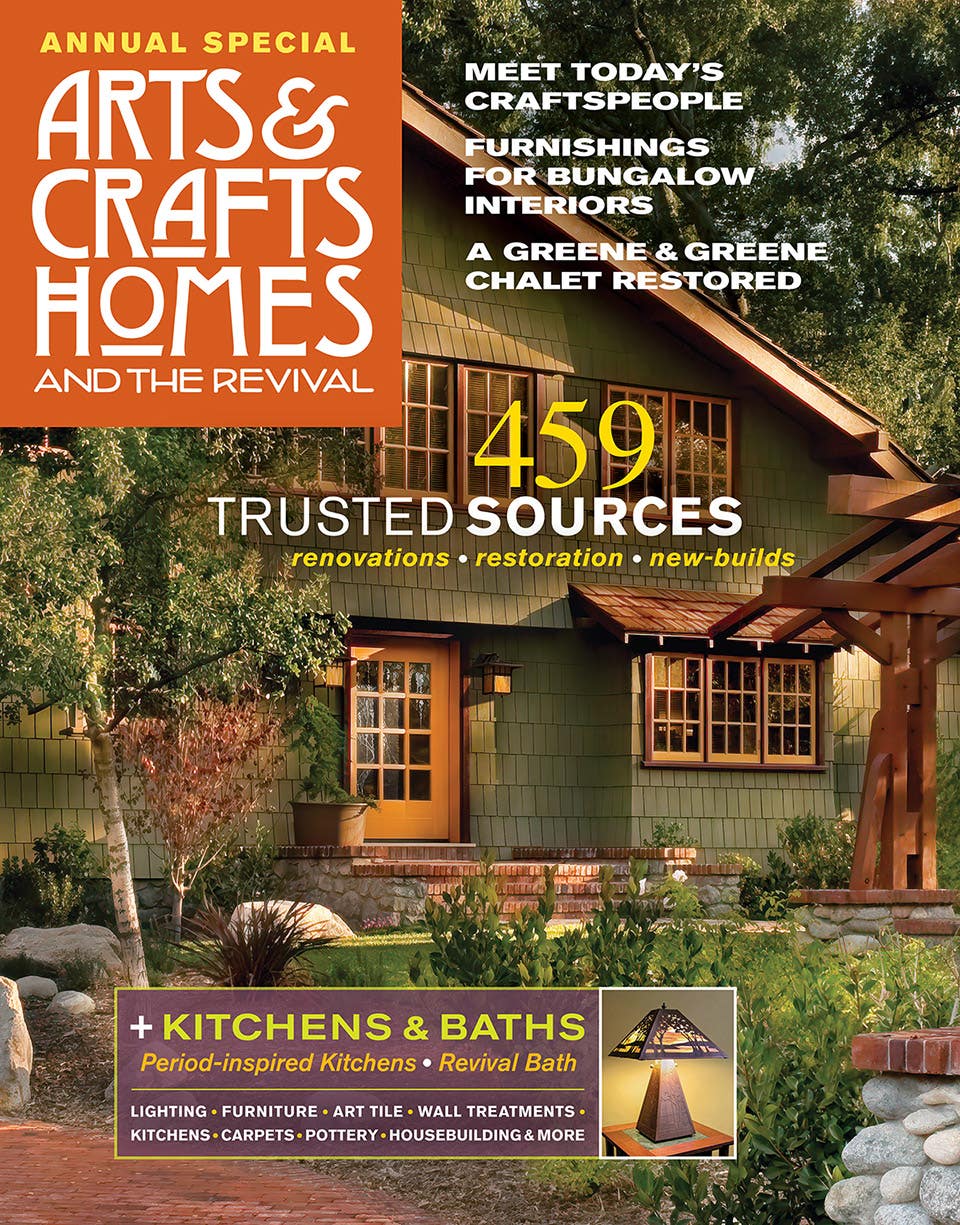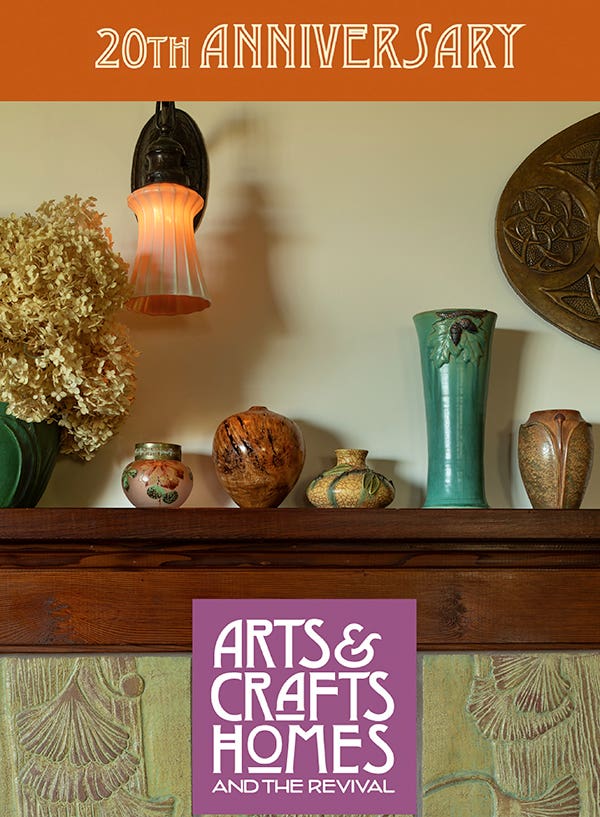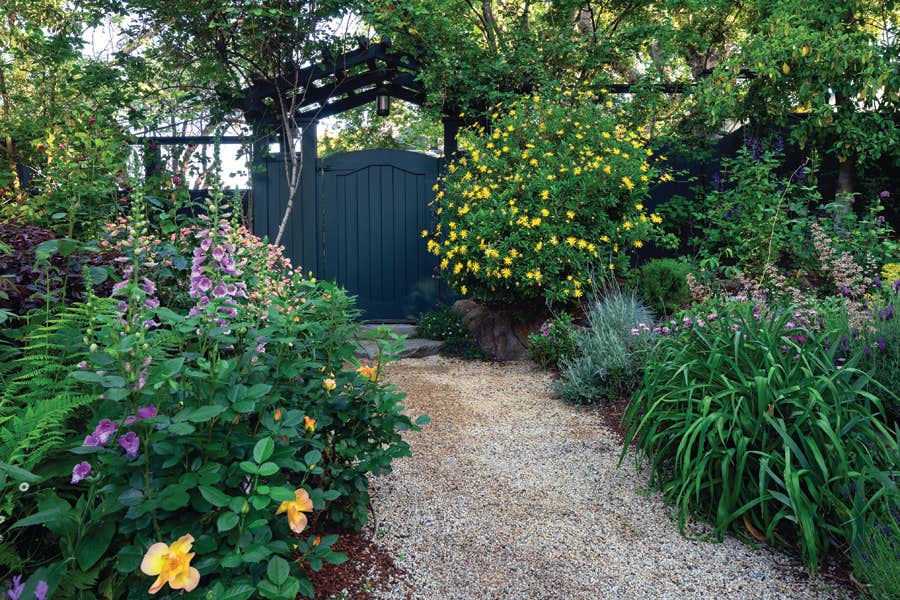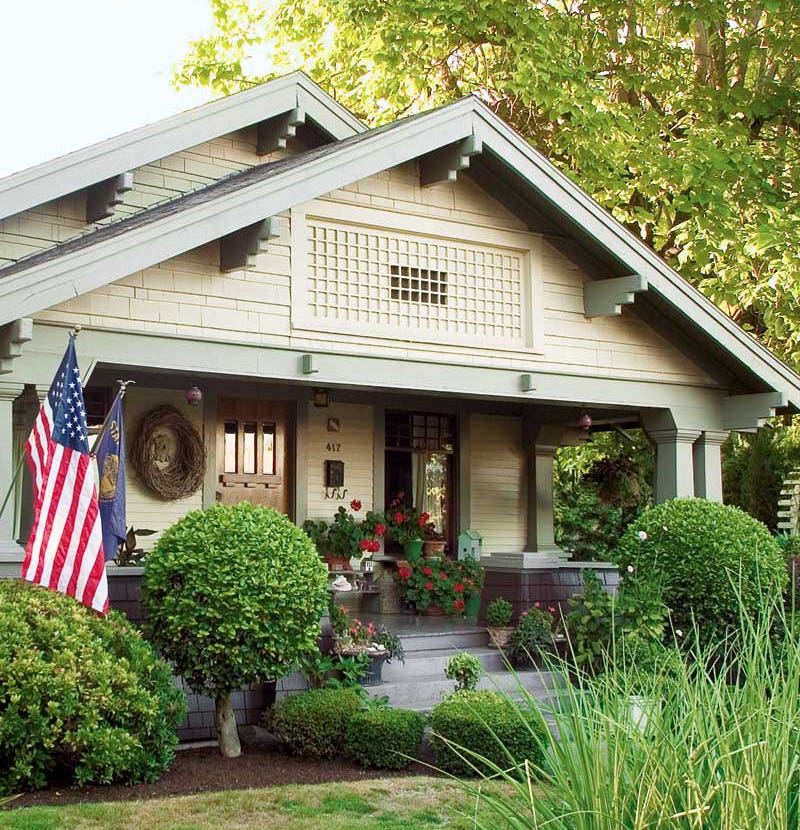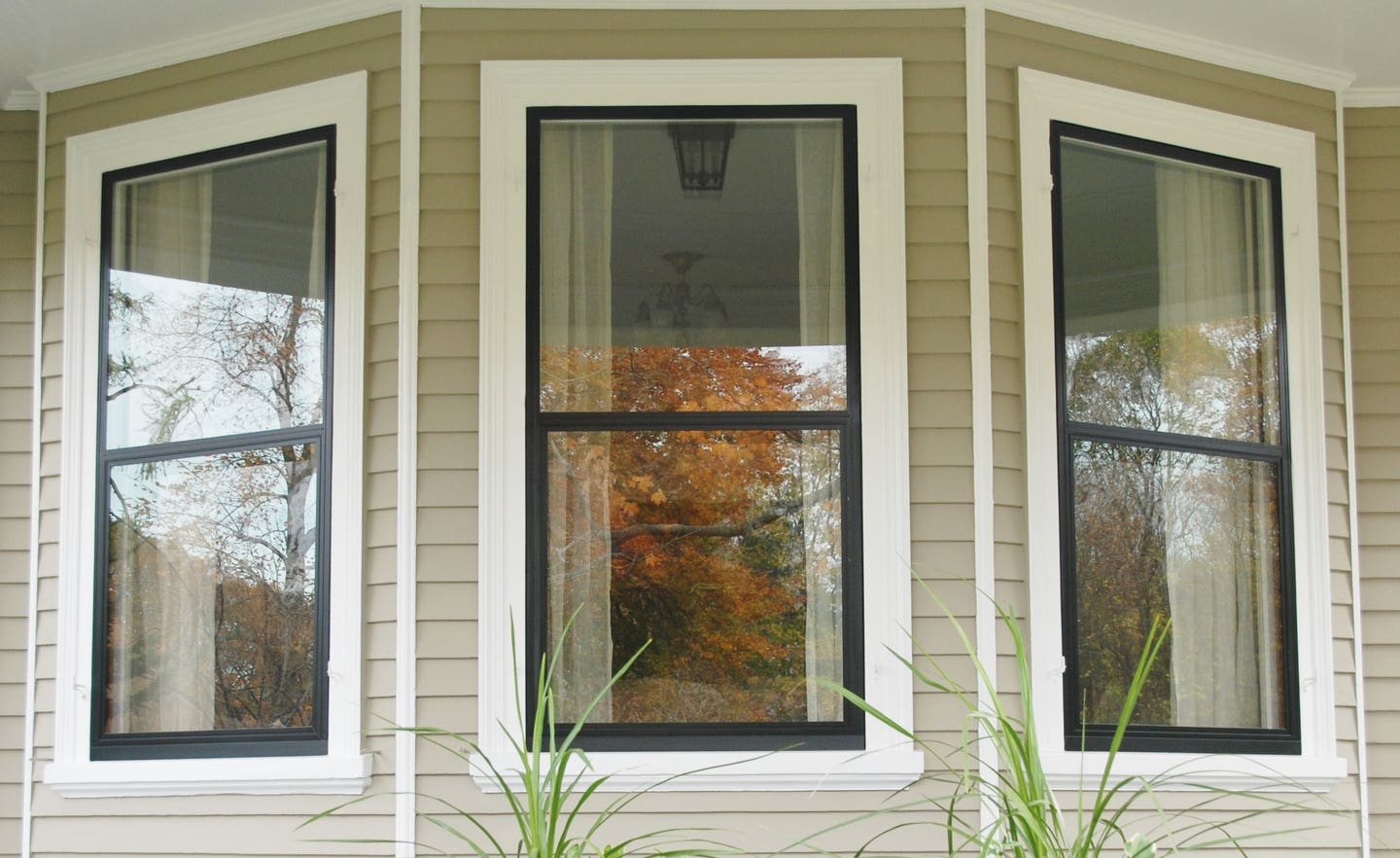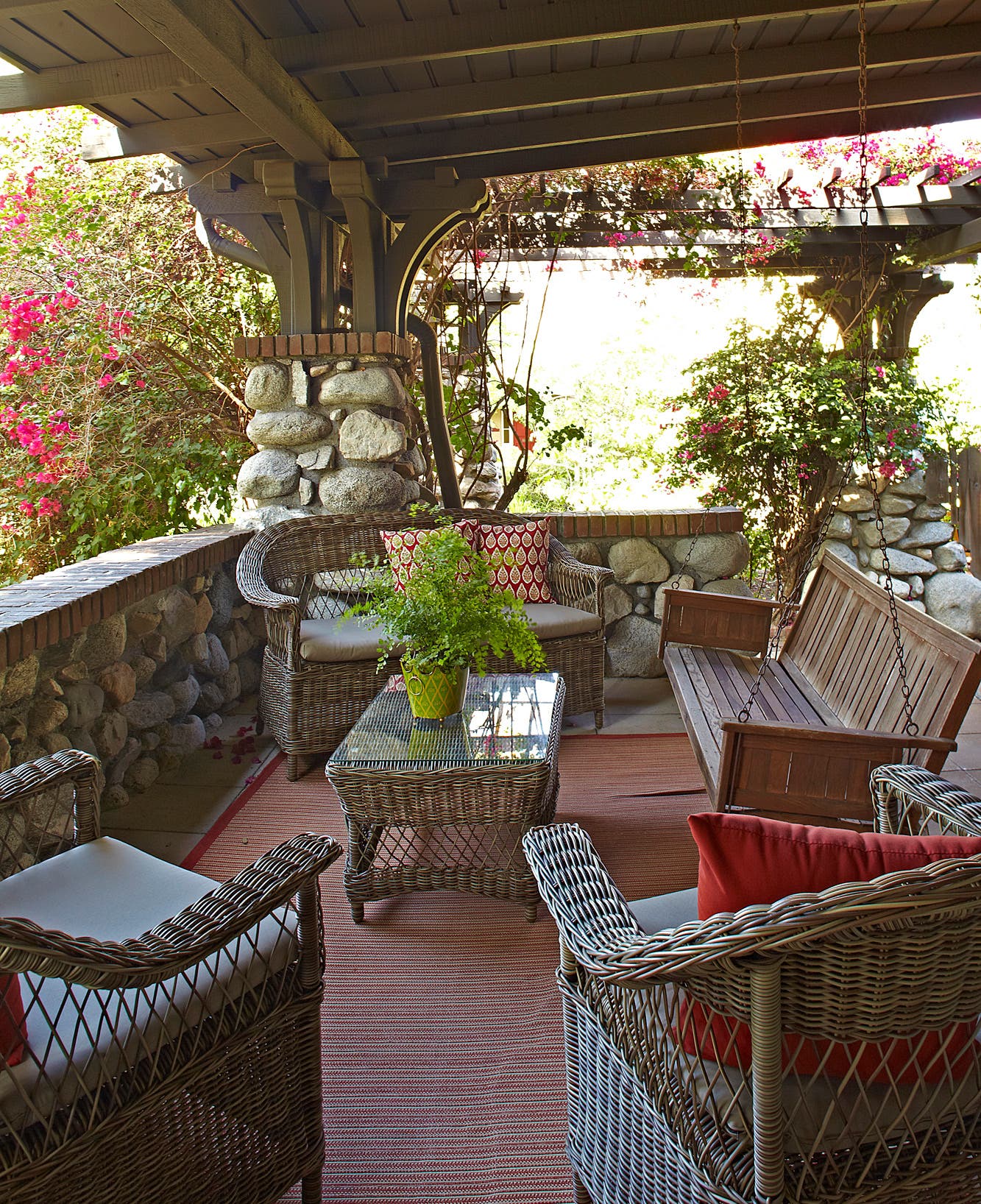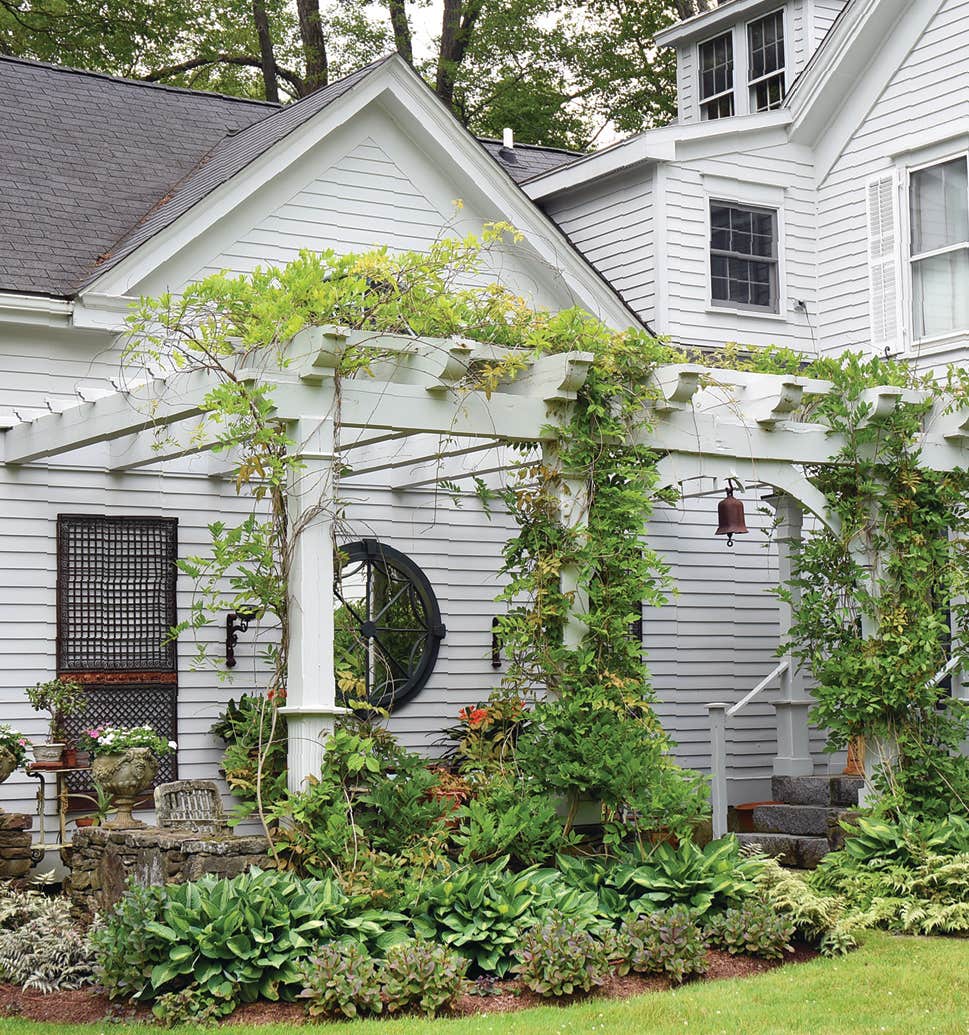Pretty Windows
Manufacturers today show a much greater sensitivity to style and custom arrangements. You have good options whether you need to replace windows or use compatible ones in an addition or new-house construction.
It’s safe to say that the best and most beautiful windows on houses of a certain age are the original ones. Unfortunately, lack of maintenance and poorly conceived renovations are common enough that sometimes it’s necessary to replace windows. Period-sensitive new windows are also in demand for additions and for “new old houses.” Ensuring that the new or replacement windows “read” properly is a matter requiring some finesse.
Manufacturers have responded with windows that offer real advantages over typical replacement units of just a few years ago. Some of the new looks in period windows like the Prairie and Arts & Crafts-style grilles—are simply better style upgrades over the old snap-ins of 20 years ago. These days it’s a lot easier to find real wood windows, in species that go beyond pine to woods including mahogany, hickory, oak, and cherry. Trim elements are offered in a range of period-enhancing styles as well.
The real news is the ever-expanding range of custom capabilities that make it possible to reproduce historic styles at any scale, in virtually any wood, or in a combination of materials. Thanks to CAD (computer aided design), making replacement double-hung or casement windows to a specific size and scale has become industry standard. Need to replace or specify bow windows with curved glass, or a Federal fanlight with real muntins? There are manufacturers (and custom builders) who will do that for you. If you have original plans, a tracing of a long-lost window, or designs dreamed up by your builder or architect, there’s a window maker who can help.
If the new windows will go into an existing house or an addition, take your cues from the original windows. (Even if they’re long gone, a similar house in your neighborhood will have units you can use as models.) To get a close match, pay attention to the number, placement, and overall dimensions of the panes of glass, called lights.
Getting the proportion or placement of the panes wrong is a common mistake. On older windows, the panes tend to be taller rather than wider. In many standard replacements, the opposite is true. It may not seem like a big deal until the new units are installed, and the front of your house suddenly looks dramatically different (and not for the better). Yet it’s relatively easy for a window maker to scale new windows of different sizes to the proportions of older, smaller ones. It’s also fine to choose windows that are different from the ones you have, provided they were common to houses of the same type and style at the time the house was built, and the proportions work.
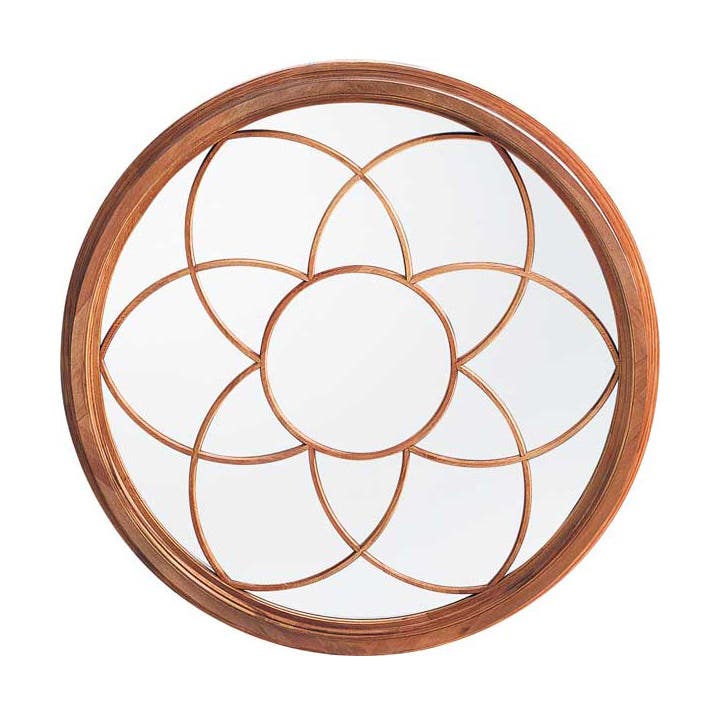



Another key element in matching the appearance of old windows is to copy the depth, width, and molding profiles of the muntins that hold the lights in your sashes or casements. Whether real or snap-in, these dividers do more than separate a single pane of glass into three, six, or more divided lights. They also throw shadows that add to the architectural relief of the façade. Those looking for a true historical replication will want true divided lights, and to match historic muntin profiles as closely as possible. (The difference between the width, height, and profile of muntins—say, mid-18th-century Georgian versus early-19th-century Federal—is astonishing.) For those with modest or less dramatically historic homes, the goal may be to get dividers that are roughly as wide and deep as those on typical houses of the period so that the shadow lines aren’t noticeably different than they were before.
Bumping up the style octane on your house by adding decorative windows is often permissible, and even has precedent. Oval, round, diamond, and other intriguing shapes are a good choice to add visual interest to the exterior, and these fancy windows also a good way to bring more light into rooms that need it without resorting to a skylight. The custom capabilities of window makers large and small will give you every option you can imagine.
Saving Money on Windows
The alternative to new windows is to repair and enhance the energy efficiency of the old ones; when it’s possible, that route will pay back much more quickly because installing new windows is pricey. Start with reputtying and weatherstripping. Add storm windows, perhaps “invisible” or interior storms.
If you are considering double-glazed windows, a cost-saving trick is to skip the gas. For an upcharge, window manufacturers will fill the space between the double-glazed “sandwich” with argon or another inert gas, with potential energy improvement factored at about 20 percent. (These windows are expensive upfront, and expensive to repair when a baseball comes flying through the window.) Savings actually vary, and the gas eventually dissipates. Low-E glass, which has a special coating that reflects infrared light and helps keep heat in or out, is a more efficient option.
If your budget prohibits true divided lights (i.e., separate, small lights held by muntins, rather than one sheet of glass only apparently divided by a grid), go for integrated grilles if possible, in the configuration that matches what was on your house. (The snap-in grilles, too, are better than they used to be.) If the house had divided lights, it will look very different—in proportion and historic style—with single-pane sash.
Mary Ellen Polson is a creative content editor and technical writer with over 20 years experience producing heavily illustrated know how and service journalism articles, full-length books, product copy, tips, Q&As, etc., on home renovation, design, and outdoor spaces.

